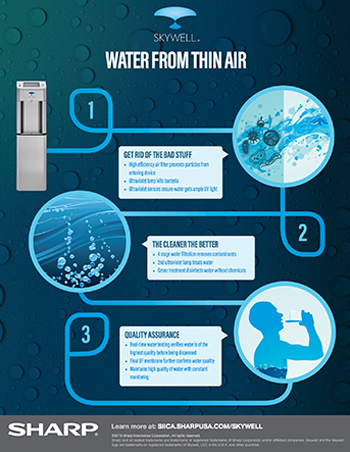The Ultimate Overview To Comprehending Warmth Pumps - Exactly How Do They Work?
The Ultimate Overview To Comprehending Warmth Pumps - Exactly How Do They Work?
Blog Article
Material Written By-Neergaard Montoya
The best heatpump can save you substantial amounts of cash on energy bills. They can additionally help reduce greenhouse gas exhausts, especially if you utilize power in place of nonrenewable fuel sources like lp and heating oil or electric-resistance heating systems.
Heat pumps work significantly the like a/c do. This makes them a viable option to traditional electrical home heating unit.
Just how They Work
Heat pumps cool homes in the summer and, with a little assistance from electrical energy or natural gas, they provide a few of your home's home heating in the wintertime. They're a good alternative for individuals that wish to lower their use of fossil fuels however aren't prepared to change their existing furnace and air conditioning system.
aircon rely on the physical truth that also in air that appears as well cold, there's still energy present: cozy air is always relocating, and it wants to move into cooler, lower-pressure settings like your home.
Most power STAR accredited heat pumps operate at near to their heating or cooling capacity throughout a lot of the year, decreasing on/off biking and conserving energy. For the best performance, concentrate on systems with a high SEER and HSPF score.
The Compressor
The heart of the heatpump is the compressor, which is also known as an air compressor. This mechanical streaming gadget uses prospective power from power production to enhance the stress of a gas by reducing its quantity. It is various from a pump in that it just works with gases and can't deal with fluids, as pumps do.
look at this web-site goes into the compressor with an inlet shutoff. https://codywperf.blog-eye.com/29413275/heatpump-vs-heater-which-is-the-better-home-heating-alternative-for-your-home travels around vane-mounted arms with self-adjusting size that separate the interior of the compressor, developing multiple cavities of varying dimension. The rotor's spin pressures these tooth cavities to move in and out of phase with each other, pressing the air.
The compressor draws in the low-temperature, high-pressure cooling agent vapor from the evaporator and compresses it into the warm, pressurized state of a gas. This process is duplicated as required to supply heating or air conditioning as required. The compressor likewise consists of a desuperheater coil that recycles the waste warm and includes superheat to the refrigerant, altering it from its liquid to vapor state.
why not find out more in heatpump does the exact same thing as it performs in fridges and ac unit, changing liquid refrigerant right into an aeriform vapor that eliminates heat from the area. Heatpump systems would not work without this vital piece of equipment.
This part of the system is located inside your home or building in an indoor air handler, which can be either a ducted or ductless device. It contains an evaporator coil and the compressor that presses the low-pressure vapor from the evaporator to high pressure gas.
Heatpump take in ambient heat from the air, and then make use of electrical energy to move that warm to a home or organization in heating mode. That makes them a lot extra energy efficient than electrical heaters or heaters, and because they're utilizing tidy electrical power from the grid (and not burning gas), they also produce far fewer exhausts. That's why heat pumps are such wonderful environmental choices. (As well as a substantial reason they're ending up being so prominent.).
The Thermostat.
Heatpump are terrific options for homes in cool climates, and you can utilize them in mix with typical duct-based systems and even go ductless. They're a great alternative to nonrenewable fuel source heating unit or conventional electrical heaters, and they're more sustainable than oil, gas or nuclear HVAC equipment.
Your thermostat is one of the most important element of your heatpump system, and it works very in a different way than a conventional thermostat. All mechanical thermostats (all non-electronic ones) work by utilizing materials that change dimension with increasing temperature, like coiled bimetallic strips or the expanding wax in an auto radiator shutoff.
These strips include 2 different sorts of metal, and they're bolted together to create a bridge that completes an electrical circuit attached to your cooling and heating system. As the strip obtains warmer, one side of the bridge expands faster than the various other, which creates it to flex and signify that the heating system is required. When the heatpump remains in heating mode, the reversing shutoff turns around the flow of cooling agent, to ensure that the outdoors coil currently functions as an evaporator and the interior cylinder comes to be a condenser.